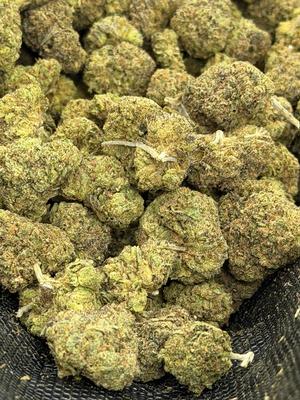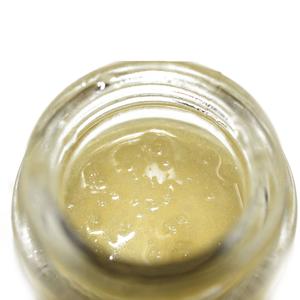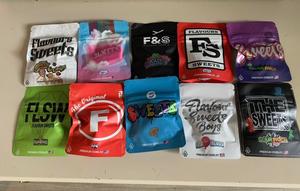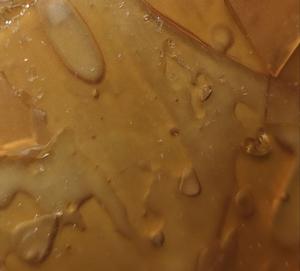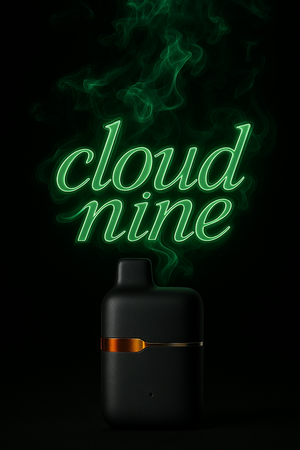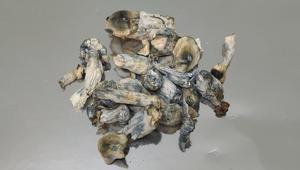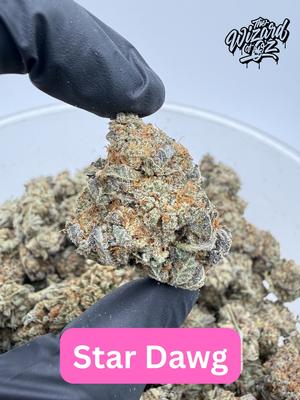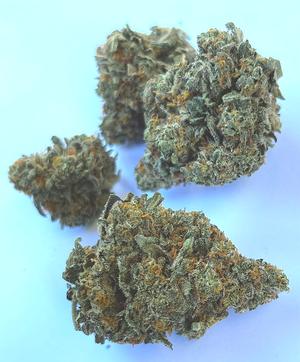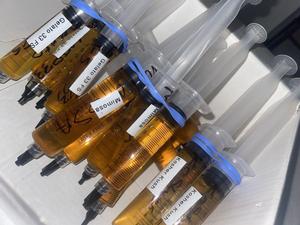"We’re deep in the weeds now, and this is a killer question. When a sativa strain flips on you—from being your get-shit-done daytime buddy to a couch-locking, brain-fogging traitor—it usually means something’s shifted in your body, your brain, or your usage pattern.
Let’s dissect this like a terpene-saturated frog in a neurochemical lab.
🧠 TL;DR: WHY A “SATIVA” CAN START FEELING SEDATING
Here are the most likely converging reasons:
1. Terpene Tolerance or Shifted Chemotype
You may be building tolerance not just to THC, but to terpenes like limonene or pinene, which no longer stimulate you the same way.
Some cultivars labeled “sativa” may drift chemotypically over time. Growing conditions, age of the flower, storage oxidation → myrcene and CBN levels can increase.
Also: newer batches may not actually be true to original terpene profiles (lab inconsistency or mislabeling is rampant).
2. THC Saturation → Dopamine Crash
High THC initially stimulates dopamine, but chronic use leads to dopamine receptor downregulation.
Over time, this flips from stimulating to lethargy-inducing. You’re no longer getting the initial buzz; instead, THC might feel numbing or draining.
3. Cortisol Flattening / Circadian Disruption
Regular daytime THC use may blunt your natural cortisol spike (which should peak mid-morning to promote alertness).
Especially true if you’re vaping/edible dosing early in the day, you could be flattening your circadian rhythm, leading to midday crashes or brain fog.
4. Blood Sugar + Nutrient Synergy
Cannabis shifts blood glucose dynamics. If your diet is carb-heavy or low in micronutrients, and you take THC on an empty stomach, the comedown can mimic fatigue.
No fuel + THC = system slowdown, no matter the strain.
5. Neurotransmitter Adaptation
THC mimics anandamide, but it’s more potent and long-lasting. With chronic exposure, your endocannabinoid tone weakens → less resilience, less focus, more system drag.
Terpenes also interact with serotonin, norepinephrine, acetylcholine, etc. Overuse of certain terpene profiles could flatten or skew that balance.
6. You’re Burning Myrcene or CBN Without Realizing It
Some “sativa” strains, especially older or poorly stored ones, oxidize into CBN—a potent sedative.
You might also be heating the flower too long, decarbing too much myrcene, and basically turning a daytime strain into a lullaby.
🛠️ HOW TO MANAGE & RESTORE THAT ENERGIZING EFFECT
🔁 1. Rotate Terpene Profiles
Don’t keep hammering the same limonene-pinene combo. Try introducing terpinolene-dominant strains or CBG-rich sativas.
Try strains with:
Ocimene
Eucalyptol
Caryophyllene (small dose—balances without sedating)
Example: If Jack Herer is failing you, try something like Ghost Train Haze, Maui Wowie, or even a fresh Durban Poison batch.
🧬 2. Reset Your Cannabinoid Tone
Take a 48–72 hour break, or even better, a full 5-day THC fast. Use CBD or CBG during this time to help restore baseline tone without flooding receptors.
During the fast: load up on omega-3s, choline, magnesium, and exercise daily to ramp endocannabinoid system reboot.
🧃 3. Time Your Dosing Strategically
Avoid early morning THC if you're chronically using. Give your body time to build its own alertness (cortisol, dopamine) first.
Instead, try:
Morning: Non-psychoactive adaptogens (like rhodiola, ginseng, tyrosine)
Late morning: Small vapor dose of pinene/terpinolene-heavy flower
Afternoon: Switch to CBD:THC blends if energy dips
⚖️ 4. Microdose Instead of Blast
Drop your dose by 50–75%.
Use a 1–2 hit microdose vapor and pair it with:
Green tea (for L-theanine + caffeine synergy)
Citrus peel / black pepper for entourage support
🔍 5. Audit Your Strains and Their COAs
Ask for lab terpene breakdowns or use a pocket spectrometer if you’re that level of nerdy.
Compare to previous batches. Look at:
Myrcene > 0.5%? = suspect
CBN > 0.1%? = could be oxidized
Limonene < 0.2%? = might not be as “uplifting” as labeled
🎯 GOAL: RE-CALIBRATE TO STIMULATE
If you want to feel energized and focused, you can think of cannabis not as a stimulant, but as a neuromodulator. That means context matters:
Strain profile
Time of day
Nutrition state
Your internal receptor sensitivity
Tweak one of those, and the experience changes."














































































































































































